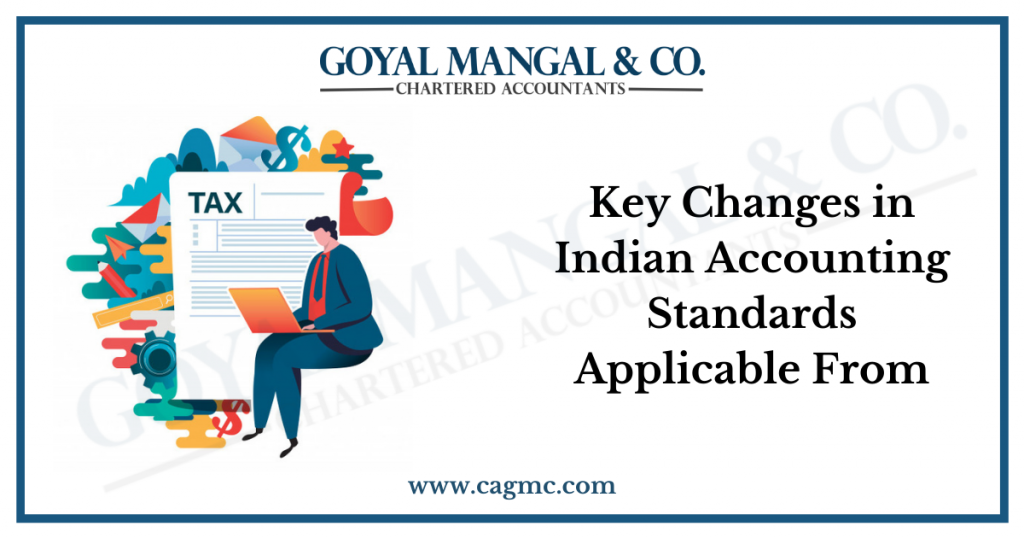
For the Non-resident individuals, and foreign entities, who are performing in India. It is a complex process for them to fulfil their tax obligations such as filing online GST, to file Income tax Returns (ITR), along with filing form 10F. The Form 10F plays a significant role as it makes the process efficient and allows non-residents to claim merits under the Double Taxation Avoidance Agreements (DTAA). However, it is difficult for those who don’t have a Permanent Account Number (PAN). In this comprehensive guide, we will discuss How to File Form 10F online for Non-Residents without PAN.
|
Table of Content |
Glimpses of Form 10F
Form 10F is a document for declaration used by NRIs and foreign organizations to claim merits as per DTAA between India and the country where the person residence of the taxpayer. The form is generally designed for a declaration of taxpayer’s eligibility for a lower tax rate on income earned in India.
It is mainly submitted to the Indian Income Tax authorities at the time of receiving income in India or when making an application for a lower tax rate. Form 10F plays a vital role in making sure that the taxpayers can avail themselves of the advantages given by the DTAA and ignore double taxation on the same income in both India and their country residence.
Who are NRIs?
NRI is an abbreviation of Non-Resident Indian, who is an individual of Indian origin or descent who resides outside India for education, employment, business, or any other reasons getting the idea to stay abroad. NRIs can retain their Indian citizenship but are considered NRIs for income tax purposes.
NRIs play a crucial role in the Indian diaspora as contribute to both countries in India and where they reside. They generally make strong ties with their home country, are involved in economic things and participate in cultural and community activities. The NRI need to be aware and comply with the regulations of both countries in terms of taxation, as they are facing implications in financial transactions, taxation and other legal matters.
There are certain characteristics of NRIs:
- Residence Status: A person is considered an NRI based on their residential status in India. In case an individual stays in India for less than 182 days in a financial year, they are classified as non-resident.
- Indian Origin: NRIs typically have Indian roots, either through birth or ancestry. They may have acquired foreign citizenship or residency while living abroad.
- Purpose of Stay Abroad: NRIs could be residing outside India for various reasons, such as employment, business, education, or other personal pursuits. The intention is usually for an extended or indefinite period.
How to file Form 10F online for Non-residents without PAN?
The non-resident Indian or any foreign organization can claim benefits under DTAA by submitting form 10F, which is a declaration for a taxpayer. In case any NRI does not have PAN then also they can be filing Form 10F. Here is the general procedure to file form 10F online:
- Access the Income Tax Department’s Website: Visit the official website of the Income Tax Department of India.
- Register or log in: In case you are not registered on the website, you may be required to make an account first. As one has an account, log in with your credentials.
- Select the Appropriate Form: Go to the “e-file” section and choose the relevant form i.e., Form 10F.
- Fill in the Details: Details must be filled as per Form 10F. Once will be required to give information like your name, address, information on tax residency certificate, tax identification number in your country of residence, etc.
- Attach Supporting Documents: One needs to attach all necessary documents and make sure that all documents are in a specified format and file size.
- Submit the Form: Now need to submit the form online by the website. To make sure that all the detail given is appropriate and matched with the supporting documents.
- Generate Acknowledgment: When the form is successfully submitted, one should receive an acknowledgement. Save or print this acknowledgement for your records.
- Verification: The tax authorities may verify the information provided. Be prepared to provide any additional documents or information if requested.
- Follow-up: Keep track of your filing and check for any updates or notifications from the Income Tax Department.
All you need to know about Taxation of Non-Resident Indians in India
Significance of filing Form 10F for NRIs
Here are the key significances of filing Form 10F:
- Lower Withholding Tax Rates: One of the primary purposes of Form 10F is to declare the taxpayer’s eligibility for a lower withholding tax rate on income earned in India. Without the submission of this form, the income may be subject to a higher default withholding tax rate.
- Prevention of Double Taxation: Non-residents often face the risk of being taxed on the same income in both their country of residence and India. DTAA aims to prevent such double taxation by allocating taxing rights between the two countries. By filing Form 10F and availing the benefits of the relevant DTAA provisions, non-residents can ensure that they are not subject to excessive taxation on the same income.
- Tax Treaty Benefits: DTAA specifies the tax treatment of various types of income, such as dividends, interest, royalties, and capital gains. Filing Form 10F allows non-residents to claim the specific benefits outlined in the tax treaty, thereby optimizing their tax liability.
- Facilitation of Cross-Border Business and Investments: For foreign entities engaged in business or investments in India, filing Form 10F is crucial for optimizing tax efficiency. It encourages cross-border economic activities by providing a clear framework for taxation, reducing the risk of double taxation, and promoting a favourable environment for foreign investment.
- Compliance with Indian Tax Laws: Filing Form 10F is a requirement under Indian tax laws for non-residents seeking to benefit from the provisions of the DTAA, and other benefits such as file ITR, filing a form GSTR online, etc. Non-compliance may result in the application of default tax rates and complications in tax matters.
- Enhanced Financial Planning: By availing of the benefits outlined in Form 10F, non-residents can engage in more effective financial planning, considering the reduced tax burden and increased certainty regarding the tax treatment of their income in India.
End Notes
In the ever-evolving landscape of taxation, non-residents navigating the Indian tax system without PAN may recognise the procedure of filing Form 10F begins challenging. But with the right details and a systematic concept, this task becomes not only controllable but also significant for optimizing tax advantage. It is important to remember that staying up-to-date with the latest instructions will lead to leveraging online platforms provided by the Income Tax Department. By following given procedures and maintaining accuracy in documentation, the non-residents can not only meet their tax obligations but also take benefits provided by the DTAA.


